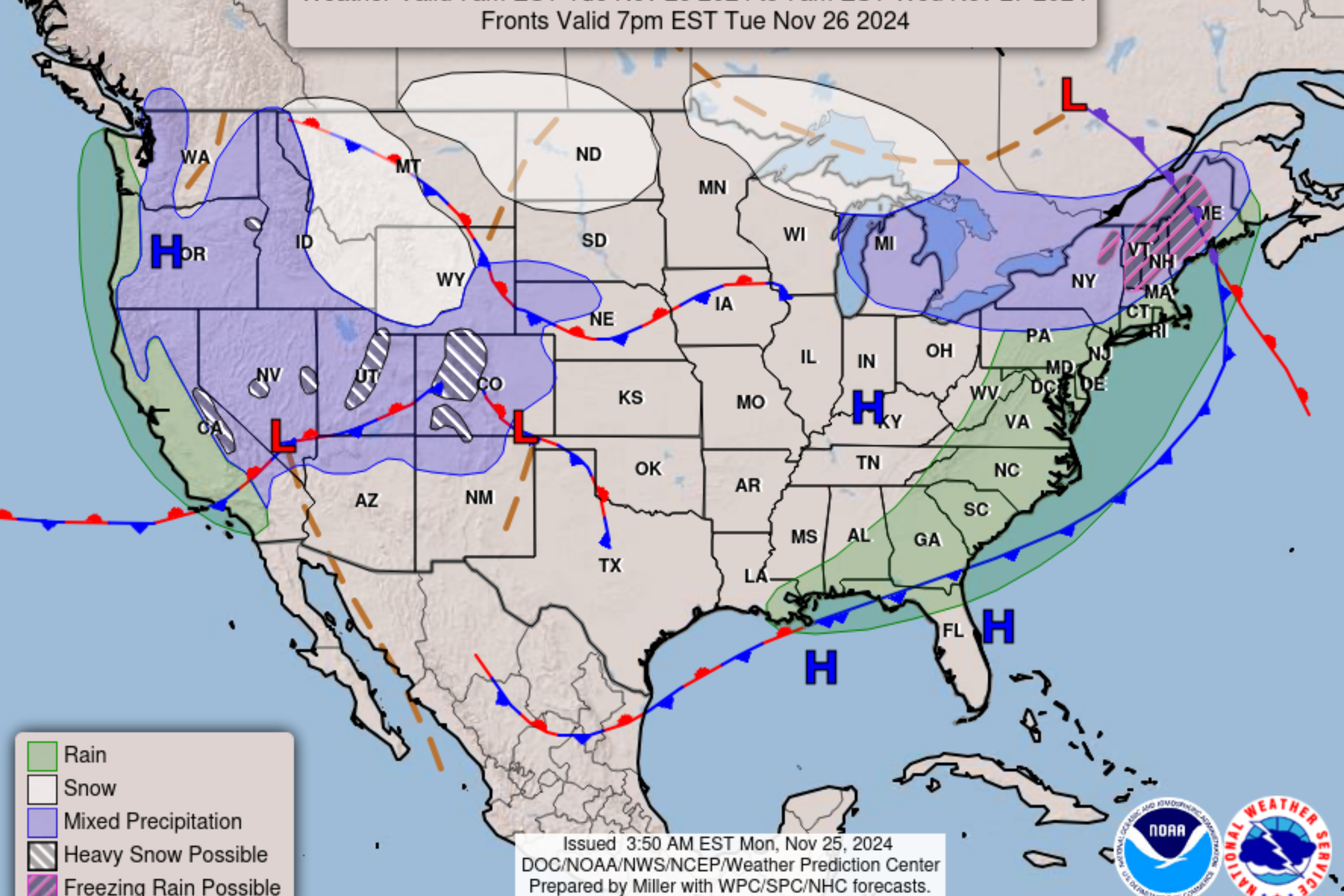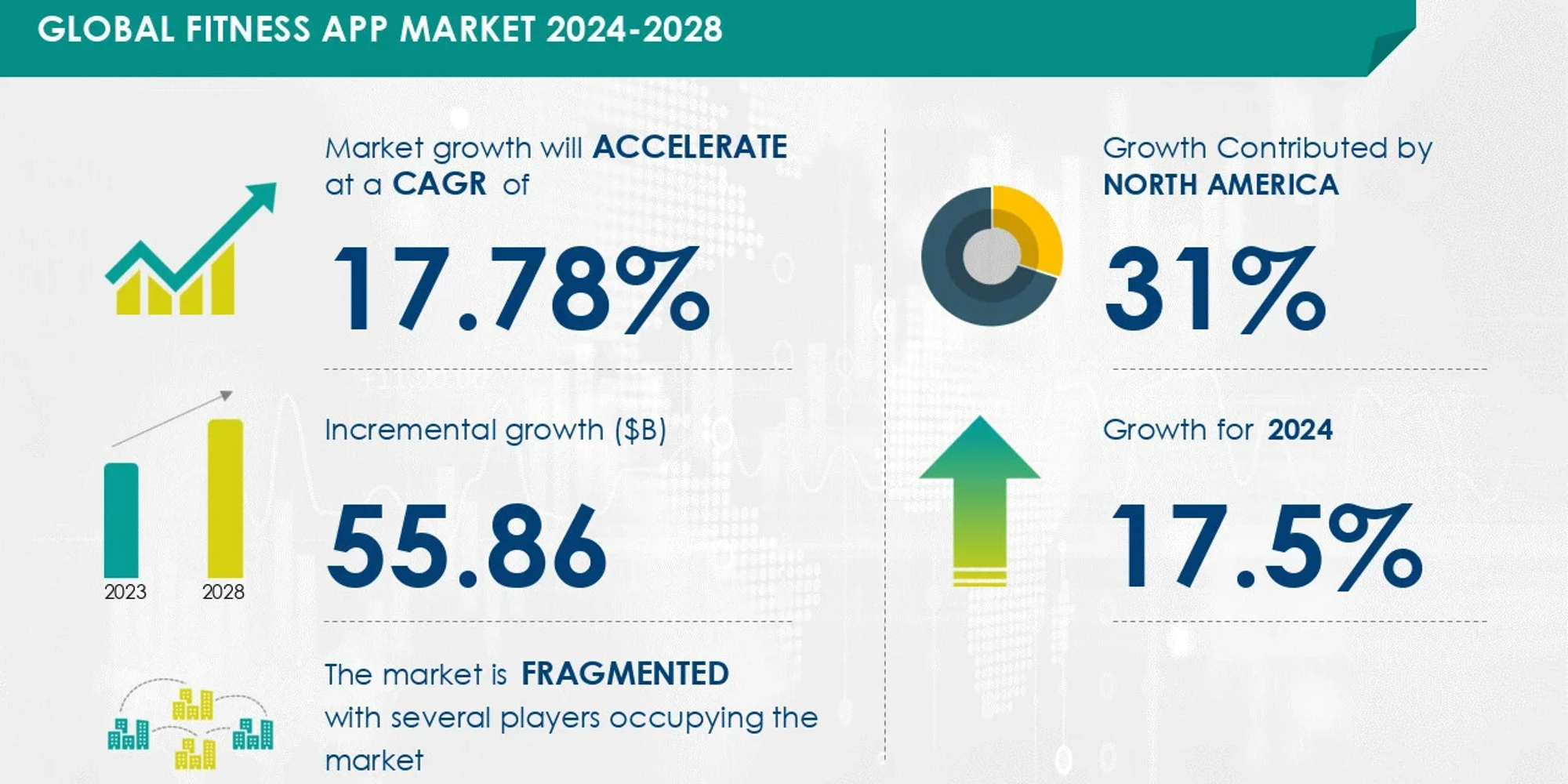Jobs
Where are jobs and do people want them? Here’s the latest in Shreveport-Bossier and beyond

Shilpan Patel is the Regional Supervisor for six Papa John’s Pizza stores in Shreveport, Bossier City, Ruston and Monroe. In spring and summer 2023 his stores struggled to find and keep employees. “I have managers in every store now, and this time last year I did not. Every morning, I was getting up figuring out which store I was going to have to go work at (to fill in),” Patel said. He said his employee count right now is “roughly the same” as last year but retention is better.
Committee of 100 for Economic Development’s Chief Executive Officer Adam Knapp told the Shreveport-Bossier City Advocate that is the feeling he has gotten from businesses around the state.
Each month, the C100 Economic Dashboard provides jobs information gathered from a company that scrapes data from a variety of sources, said Knapp, “from multiple HR and jobs boards.” He admits that not every job posting is reflected in their numbers. The importance of the data, he said, is that it gives comparison by using the same representative sample from month to month.
Christian Cieutat, center, a waiter Antoine’s Restaurant along with other wait staff listen to during the daily meeting before the restaurant opens at 713 St. Louis Street in the New Orleans French Quarter, Wednesday, Nov. 8, 2023. (Staff photo by David Grunfeld, The Times-Picayune | NOLA.com)
Patel, who is also an owner of The Noble Savage restaurant in downtown Shreveport, said he uses both traditional jobs posting sites and nontraditional ways to find employees. Two servers hired this week for The Noble Savage came from recommendations from other employees and from his employees’ personal postings on social media. Papa John’s, meanwhile, has automatic postings on traditional job sites and gets an average of 16 applications per 24 hours. “Of those,” Patel told us, “About 50% will actually respond to our phone calls.”
The just released C100 Dashboard showed that jobs postings statewide are lower than at any time since early 2021, and have fallen 41% since 2022, leading Knapp to believe that employer challenges, like the ones faced by Patel have eased, “somewhat.” “Some employers are saying ‘I do feel things are a little easier since last year. Our unemployment rate remains incredibly low, we still have a tight labor market, but I think employers may be feeling less pressure to fill certain positions,” said Knapp.

An employee at the Imperial Trading Company warehouse in Bossier City, La., places products into a bin Friday, June 14, 2024, moving to where each product is located along the line. This is the traditional order fulfillment method.
The Dashboard also reported that Shreveport, Monroe and New Orleans showed no job gains over the past 12 months, while the state’s six other metro markets did. The data said the gains were driven mostly by construction and professional services.
That was not surprising to Douglas White, the Director of the Center for Business and Economic Research at LSUS. “Our population is not growing. It’s like the chicken and the egg,” he told us. “Is our population not growing because there are fewer jobs or are there fewer jobs because our population is not growing?” “Texas is obviously growing, but Louisiana, Mississippi and Alabama are just treading water. Oil and gas is sort of on the upswing, but it’s hard to tell if that is short-term or long-term.”
Knapp believes the shorter-term numbers in the dashboard are not tied to population shifts. “Our sense,” he said, “Is the postings data going to be more affected by what is happening with companies than with population change.”
Employees are still needed across the board in Louisiana. In May 2024, the categories with the highest number of postings included Administrative and Support Services, Ambulatory Health Care Professionals, Professional, Scientific and Technical Services, and Food Services and Drinking Places. While these employees are still sought, those categories have thousands fewer official jobs listings than in May 2023.

AT&T employees working on installing fiber in Louisiana.
Registered nurses have topped the list of in demand jobs since 2018, showing the continued challenges to the health care industry. Nurses are followed by retail supervisors and salespeople. At the height of the COVID pandemic was a scramble to recruit and train more truck drivers. Since then, demand for truck drivers has dropped 50% in Louisiana.
“An important number,” Knapp told us, “Is the significant portion of the state population on the sidelines.”
The average Labor Force Participation Rate, the number of people aged 16 and older who are employed or actively seeking work divided by the total non-institutionalized, civilian working age population stands at 58.7% in Louisiana, ranking the state 43rd in the nation.
According to numbers from the Federal Reserve Bank of St. Louis there are 142,000 working age people in Louisiana who could work but are not. Louisiana’s Labor Participation Rate is somewhat better than adjoining states Arkansas and Mississippi, but Texas is doing better with a rate of 64.2%

Employees at the Imperial Trading Company warehouse in Bossier City, La., load products into the AutoStore system Friday, June 14, 2024.
Louisiana is also still roughly 27,000 jobs below early 2020, and has been slower than most other southern and southeastern states at catching up.
According to Patel, the “craziness of post-COVID” in finding employees has definitely subsided, but there are still challenges. “We have enough staff to get by, but still not the right amount. We have to continue to hire every week.” “










